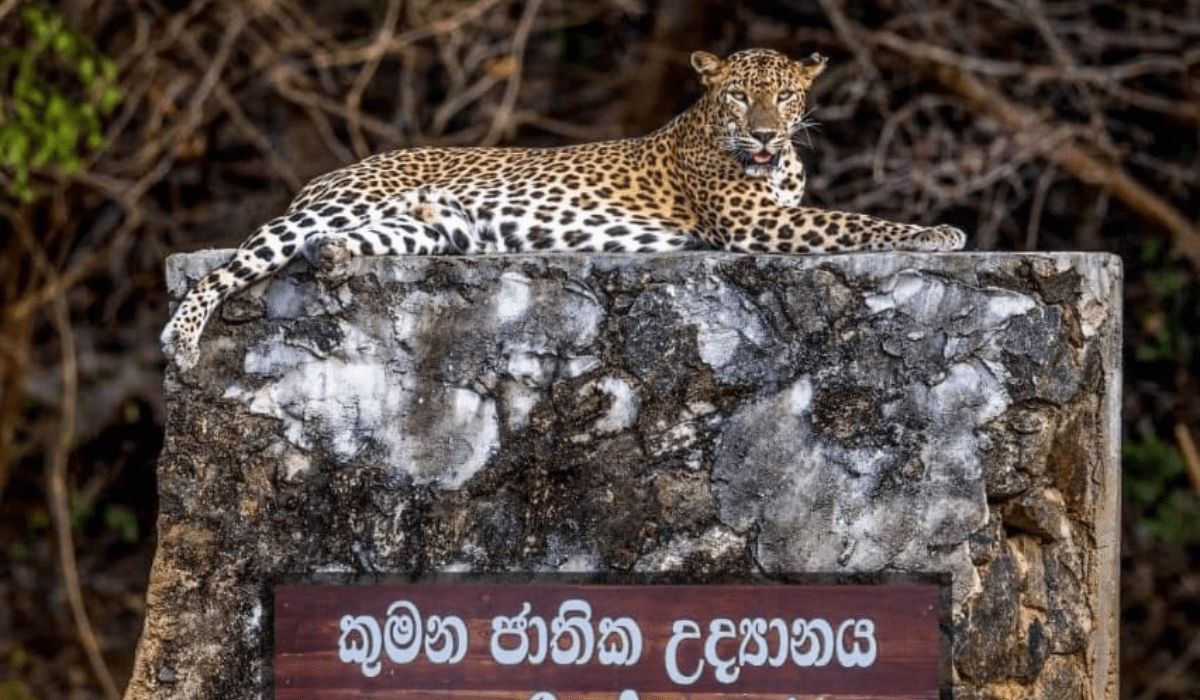Introduction to Kumana National Park
Table of Contents
A. Overview of Kumana National Park
Kumana National Park, located on the southeastern coast of Sri Lanka, stands as a breathtaking testament to the island’s rich natural heritage. Spanning over 18,149 hectares, this park is a diverse mosaic of wetlands, lagoons, and lush flora. Established in 1969, Kumana initially served as a bird sanctuary but has since evolved into a critical sanctuary for a variety of wildlife. This transformation underscores its role as a cornerstone in Sri Lanka’s efforts to preserve biodiversity. For those who appreciate nature’s wonders, discovering Kumana National Park is an experience not to be missed.
B. Unique Biodiversity
Kumana is a sanctuary of unique biodiversity, providing a refuge for an extraordinary array of flora and fauna. The park’s diverse ecosystems, including dense forests, verdant grasslands, and expansive wetlands, support countless species. These ecosystems are particularly vital during migratory seasons, where the wetlands and mangroves become havens for various creatures.
The park is particularly renowned for its endemic species, such as the Sri Lankan jungle fowl and numerous reptiles, which are a highlight for both researchers and conservationists. The ongoing conservation efforts within Kumana are crucial in protecting this unique biodiversity and offer an opportunity for visitors to witness the rich natural tapestry of Sri Lanka.
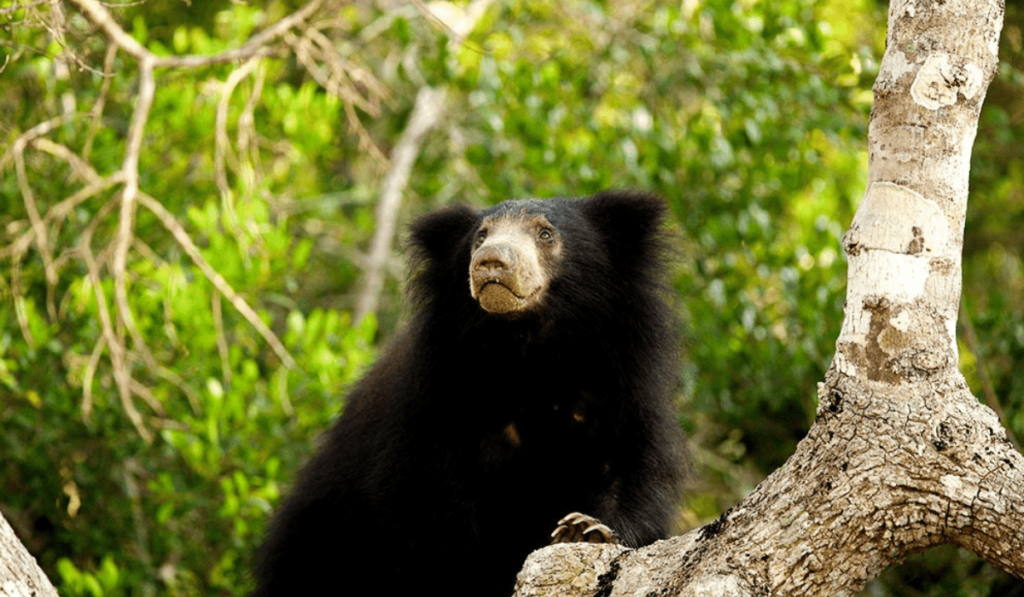


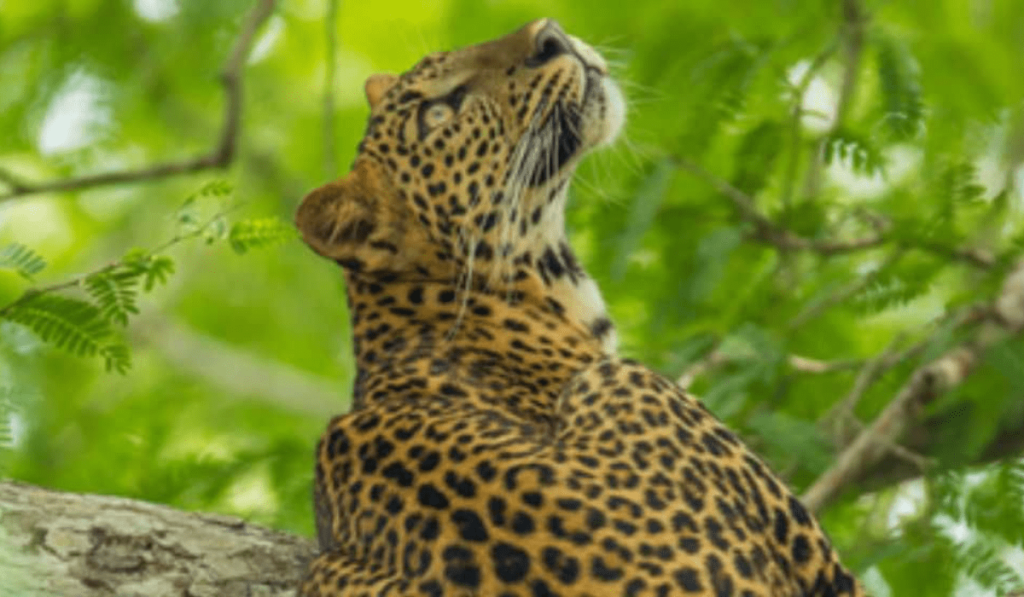

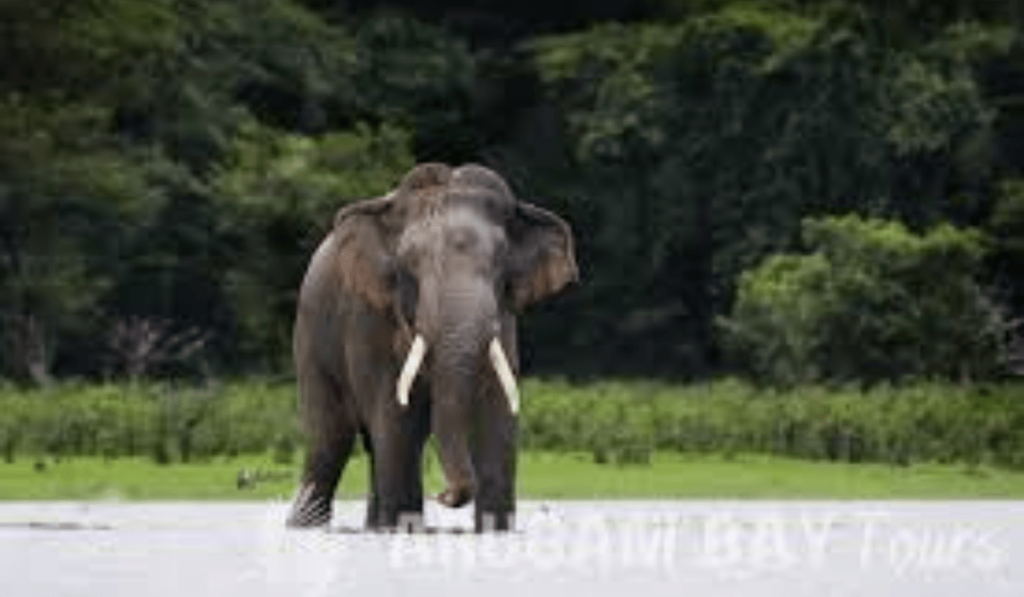
C. Cultural and Historical Significance
Kumana National Park’s cultural significance is deeply intertwined with the traditions of indigenous communities who have lived in harmony with the park’s environment for generations. These communities have maintained a profound relationship with the land, reflecting a deep respect for both nature and cultural heritage.
The park also boasts historical sites dating back centuries, including ancient Buddhist temples and rock paintings, which add layers of historical and cultural richness to the park’s narrative. Local folklore, intricately connected with the park’s wildlife, enhances the visitor’s experience, offering a deeper understanding of the area’s cultural tapestry.
Wildlife and Flora of Kumana National Park
A. Mammal Species
Kumana National Park is home to a wide array of mammal species, including the majestic Sri Lankan elephant and the elusive leopard. Visitors are often treated to the sight of elephant herds roaming the park, particularly in the early morning. While leopards are more challenging to spot, their presence adds a thrilling element to the park, with conservation efforts focused on their protection ensuring the delicate balance of the ecosystem is maintained.
B. Birdlife in Kumana
Kumana is a paradise for birdwatchers, attracting visitors from around the world with its spectacular avian populations. The park is a crucial stopover for migratory birds, hosting over 200 species, many of which nest within its bounds. The sight of large flocks of waterbirds, such as herons and storks, during migration seasons is a highlight, making Kumana an essential destination for birdwatchers and researchers alike.
C. Plant Life and Habitats
The diversity of plant life in Kumana reflects the park’s various ecosystems. The dominant vegetation, including mangroves and scrub forests, provides critical habitats for the park’s wildlife and plays a significant role in preventing erosion. However, these habitats face threats from climate change, prompting ongoing conservation efforts to preserve the park’s ecological integrity.
Activities and Attractions in Kumana National Park
A. Wildlife Observation
Wildlife observation is one of the most popular activities in Kumana National Park. Visitors can immerse themselves in the park’s natural beauty, with opportunities to observe a wide variety of animals in their natural habitats. It is essential to engage in responsible wildlife viewing practices, such as keeping a respectful distance and minimizing noise. For those who prefer a more structured experience, guided tours are available, while those with a sense of adventure can explore the park on their own. Prime locations for wildlife sightings include the Kumana Lagoon and the surrounding grasslands.
B. Birdwatching Opportunities
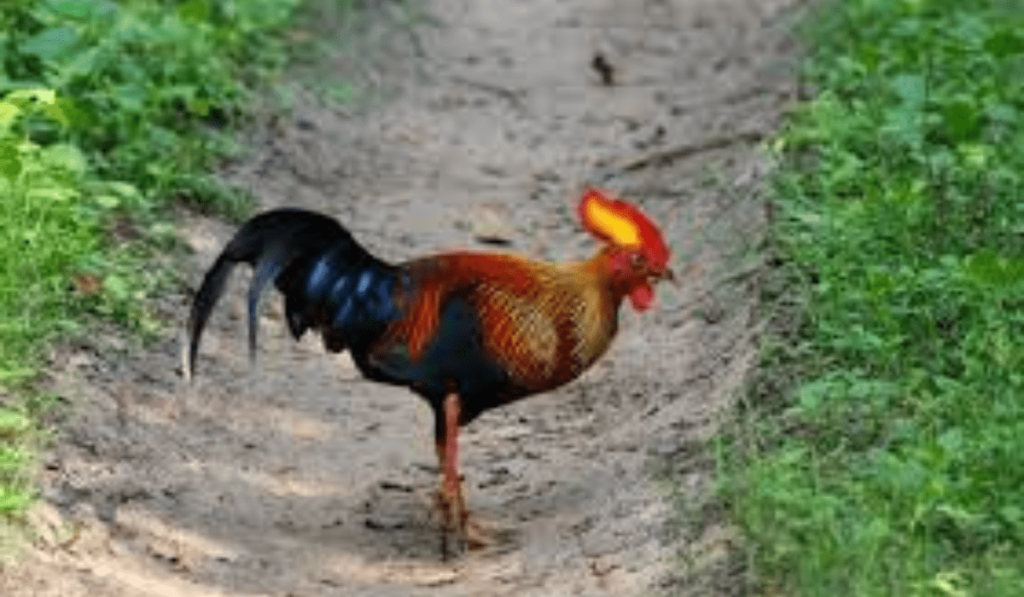

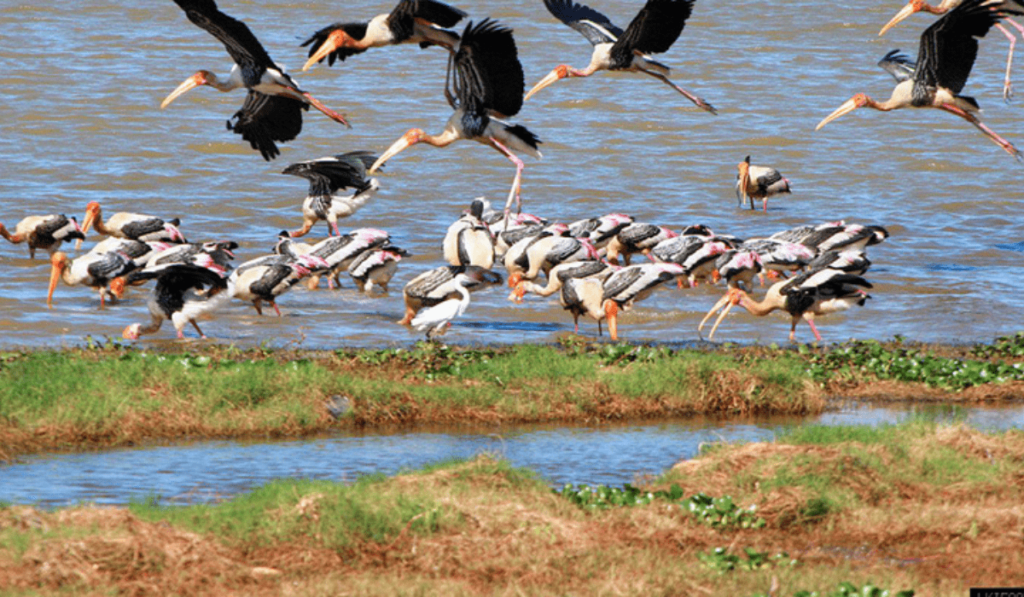
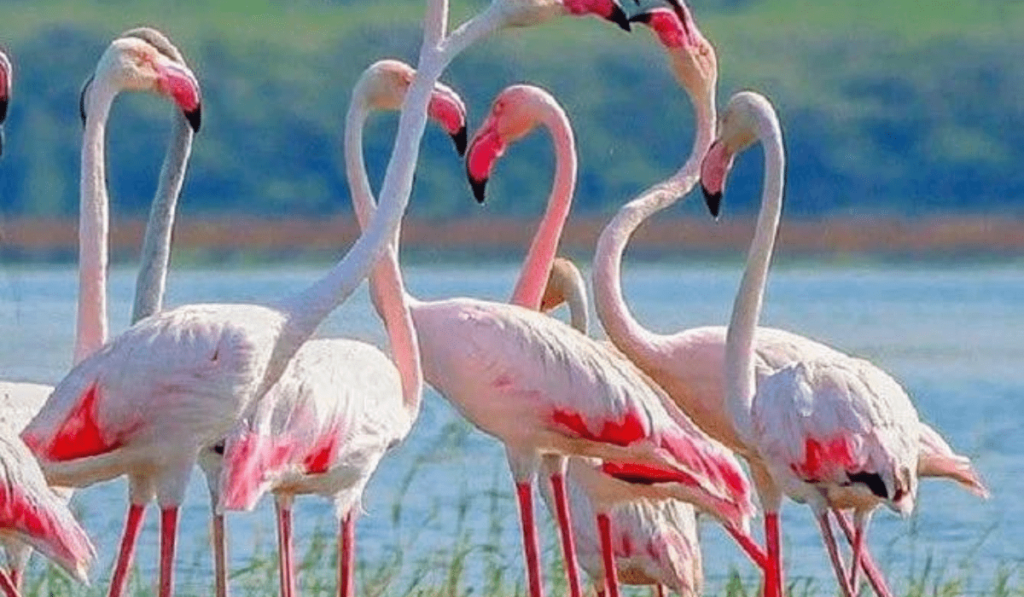
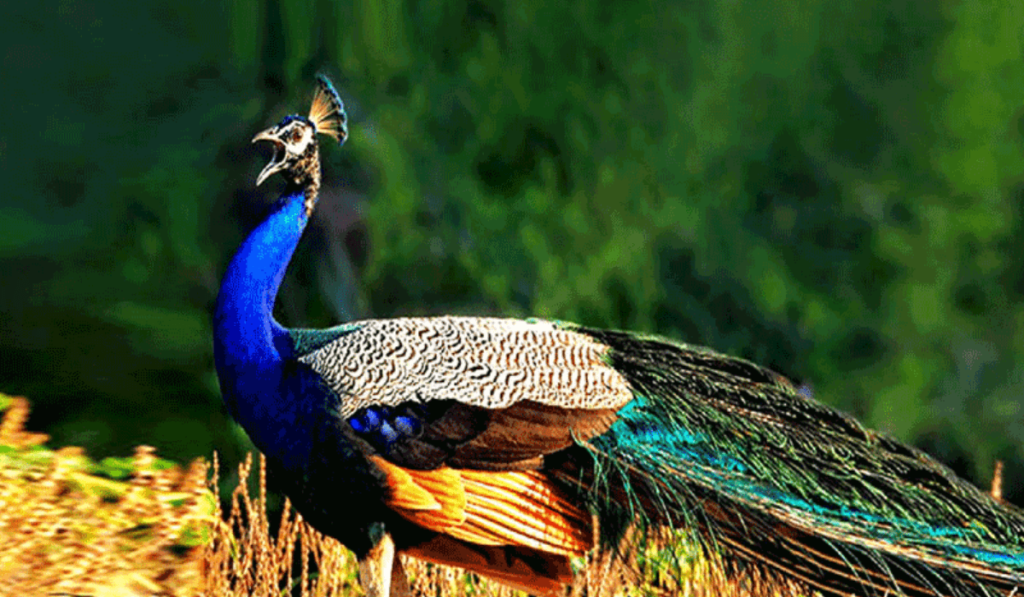

Birdwatching in Kumana is best enjoyed from November to April, when migratory species are present in large numbers. The park’s wetlands and lagoons are ideal spots for observing these birds, making it a paradise for birdwatching enthusiasts. Bringing along binoculars and a good camera is recommended to enhance the experience. Patience and silence are also key, as birdwatching often requires a bit of stealth to get the best views.
C. Nature Photography
For photography enthusiasts, Kumana National Park offers endless opportunities to capture stunning images. The early morning and late afternoon light provide the best conditions for photography, highlighting the park’s wildlife and landscapes. Utilizing natural settings and longer lenses can help capture detailed shots of the animals without disturbing them. As always, it is essential to respect the animals and maintain a safe distance while photographing them.
Conservation Efforts and Challenges
A. Protection of Endangered Species
Kumana National Park is at the forefront of efforts to protect endangered species. Collaborations with local and international organizations play a crucial role in creating safe environments for vulnerable species. These partnerships also foster education and awareness programs that emphasize the importance of conservation.
B. Habitat Preservation
Preserving Kumana’s natural habitats is a top priority, with various techniques employed to protect the park’s ecosystems. However, the effects of climate change pose significant challenges, impacting weather patterns and habitats. Engaging local communities in conservation efforts has proven essential, as it encourages sustainable practices that benefit both conservation and local livelihoods.
C. Challenges Facing Kumana National Park
Kumana National Park faces several challenges, including poaching and illegal activities that threaten its wildlife. Additionally, tourism, if not managed carefully, can have a negative impact on the park’s delicate ecosystems. Development projects also pose potential threats, as they could encroach upon the park’s natural beauty and disrupt its ecosystems.
Visiting Kumana National Park




A. How to Get There
Visiting Kumana National Park is relatively straightforward, with the park located approximately a 5-hour drive from Colombo. The best time to visit is during the dry season, from May to September, when wildlife is more visible. A variety of accommodations are available in the area, ranging from rustic lodges to well-equipped camps, ensuring a comfortable stay for visitors.
B. Park Regulations and Guidelines
To help preserve Kumana National Park’s natural beauty, visitors are required to pay entry fees and obtain permits. Following park regulations is essential for ensuring the safety of both visitors and wildlife. It is important to stick to marked trails and respect wildlife, particularly when visiting as part of a family or group.
C. Suggested Itineraries and Tours
For those with limited time, a day visit to Kumana National Park should prioritize key highlights such as the Kumana Lagoon and the bird-watching areas. For visitors with more time, multi-day explorations can provide a deeper understanding of the park’s ecosystems. Custom tours are also available, catering to specific interests such as photography or birdwatching, allowing visitors to tailor their experience to their personal preferences.
Conclusion
Discovering Kumana National Park is an unforgettable experience for anyone with a passion for nature. Its unique biodiversity and cultural significance make it a hidden gem that is well worth exploring. As visitors immerse themselves in the park’s beauty, they also have the opportunity to contribute to conservation efforts and become advocates for protecting Sri Lanka’s natural heritage. So why wait? Start planning your journey to discover Kumana National Park today and experience the rich biodiversity of Sri Lanka.!
Frequently Asked Questions (FAQs)
- A. What is the best time to visit Kumana National Park? The best time to visit Kumana National Park is during the dry season, from May to September, when wildlife is more visible.
- B. Are there guided tours available for wildlife observation? Yes, guided tours are available at Kumana National Park, offering structured experiences led by knowledgeable guides.
- C. What should I bring when visiting the park? When visiting Kumana National Park, it is essential to bring water, snacks, binoculars for birdwatching, a camera, and appropriate clothing for the weather.
- D. How can I support conservation efforts in Kumana? You can support conservation efforts in Kumana National Park by supporting local conservation organizations, participating in awareness programs, and practicing responsible tourism.
- E. Is it safe to travel to Kumana National Park? Yes, it is generally safe to visit Kumana National Park. However, following park regulations and being mindful of your surroundings is important to ensure a safe and enjoyable experience.
- What are the other wildlife sites in Sri Lanaka? Other major wildlife locations are Yala National Park, Wilpatthu. Udawalawe National Park , Sinharaja Forest Reserve and Minneriya National Park.


